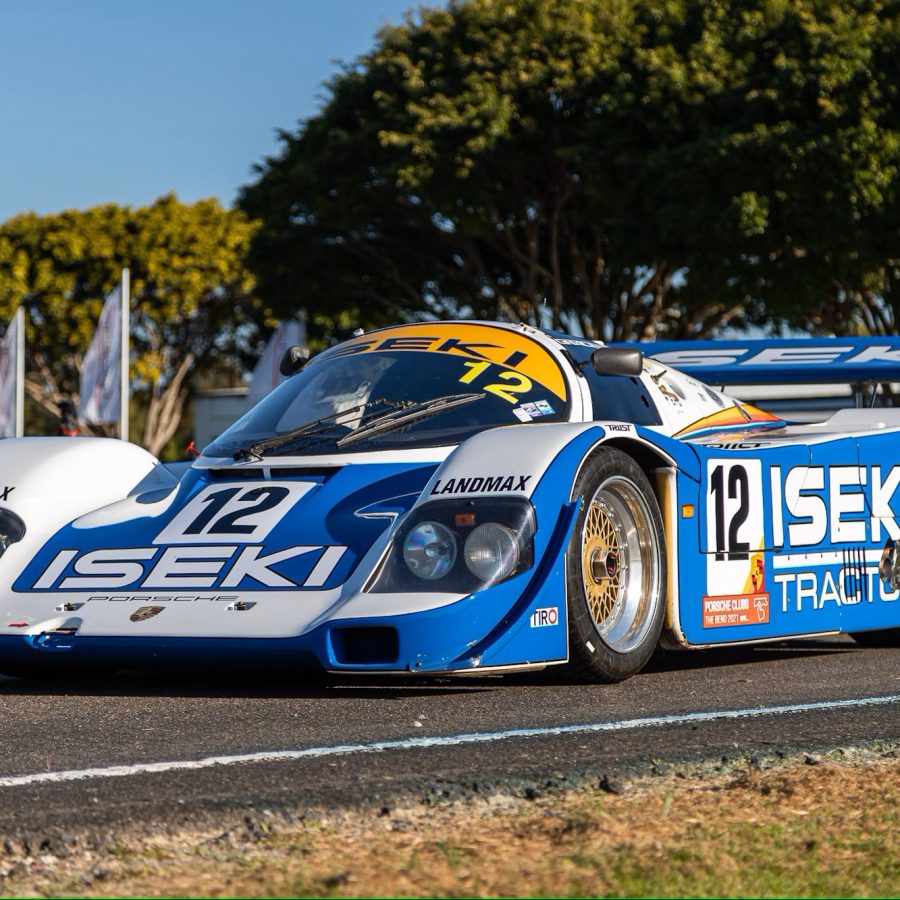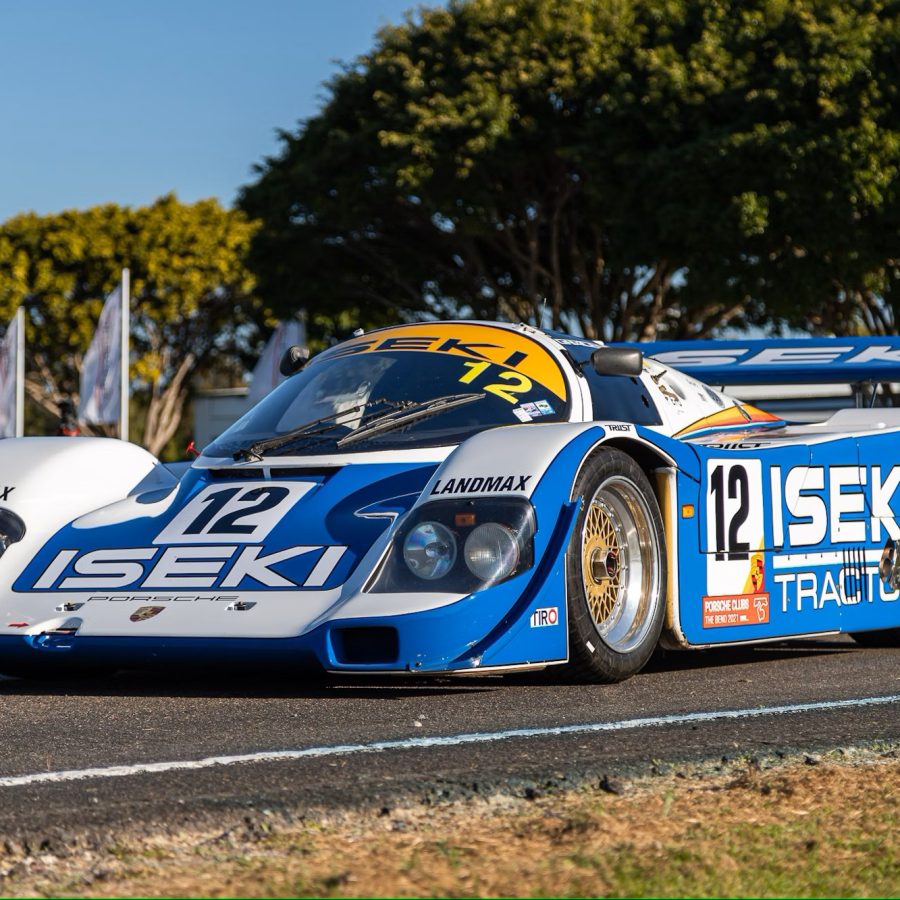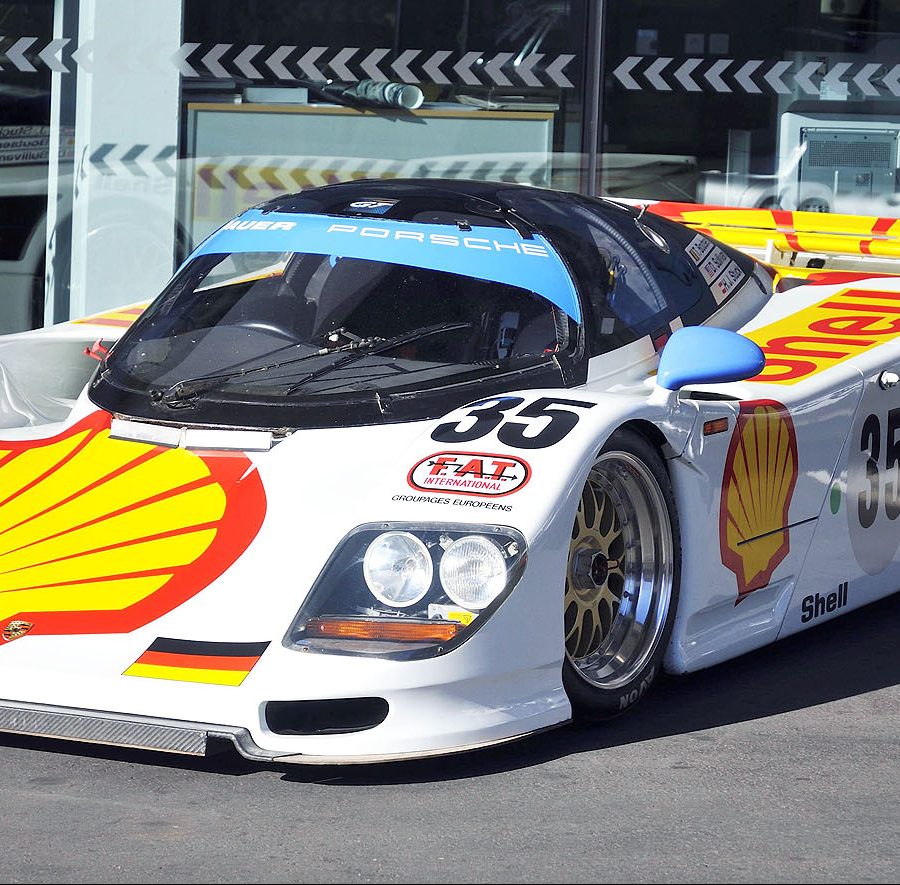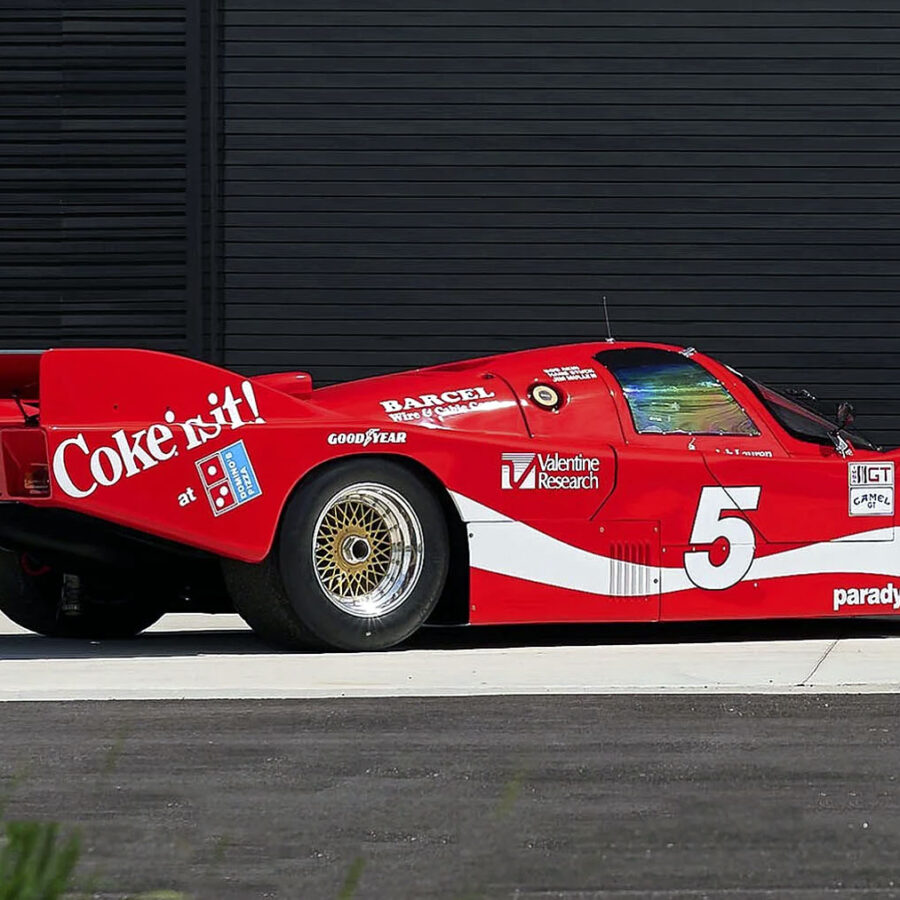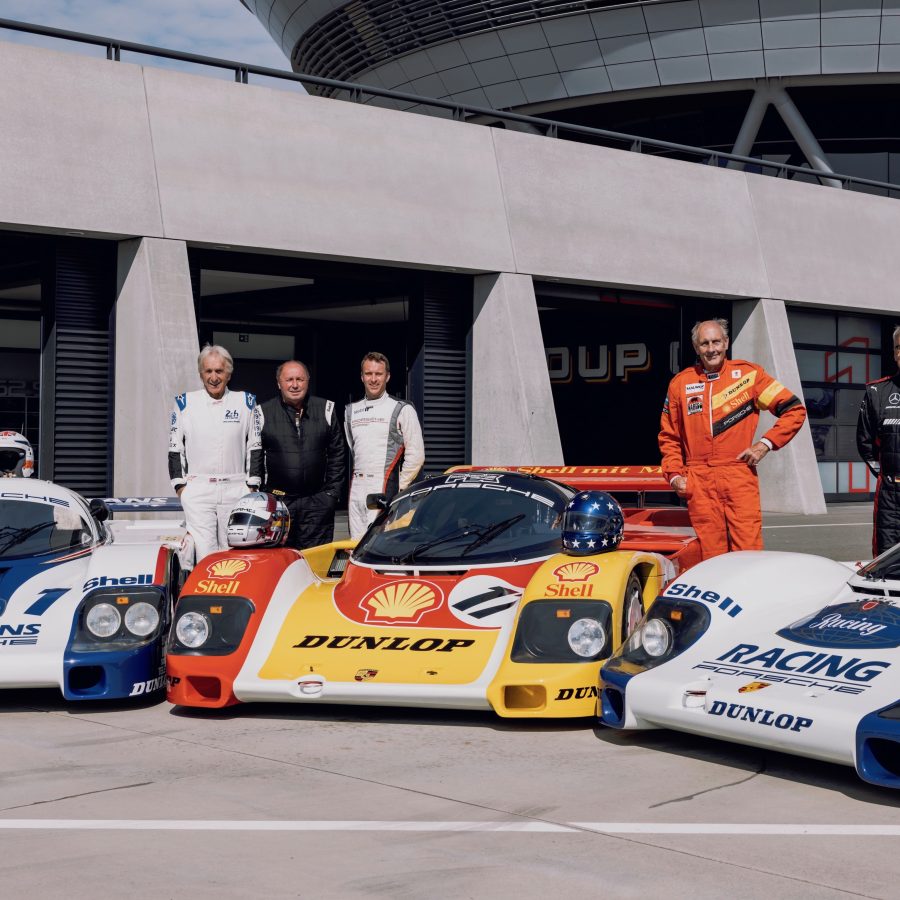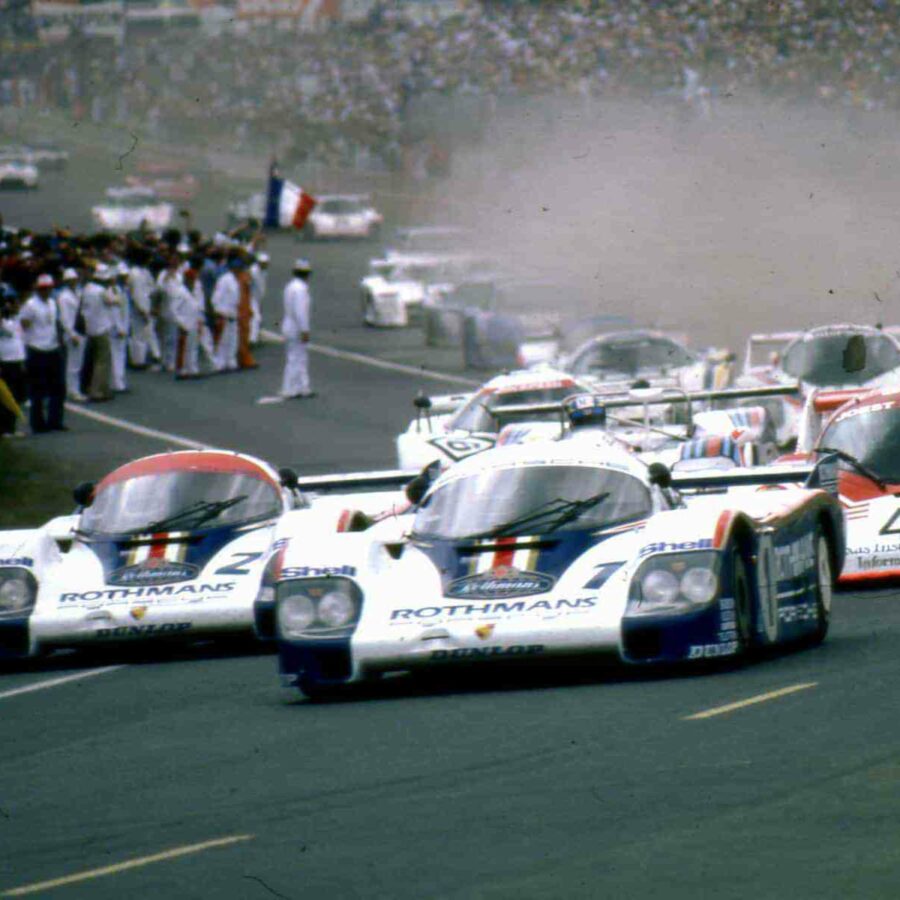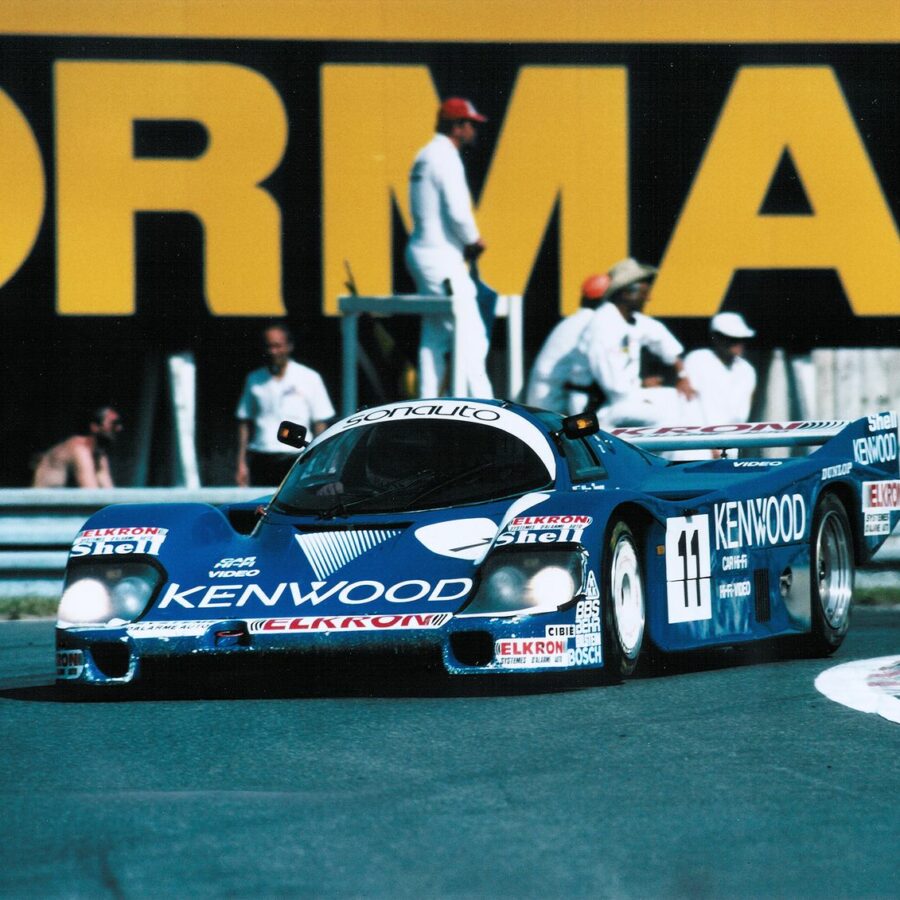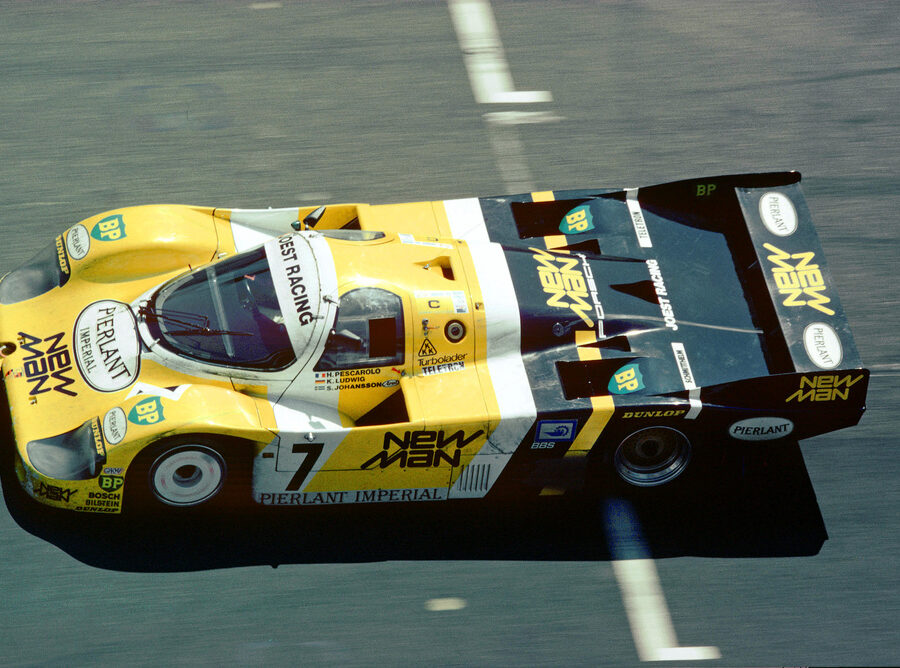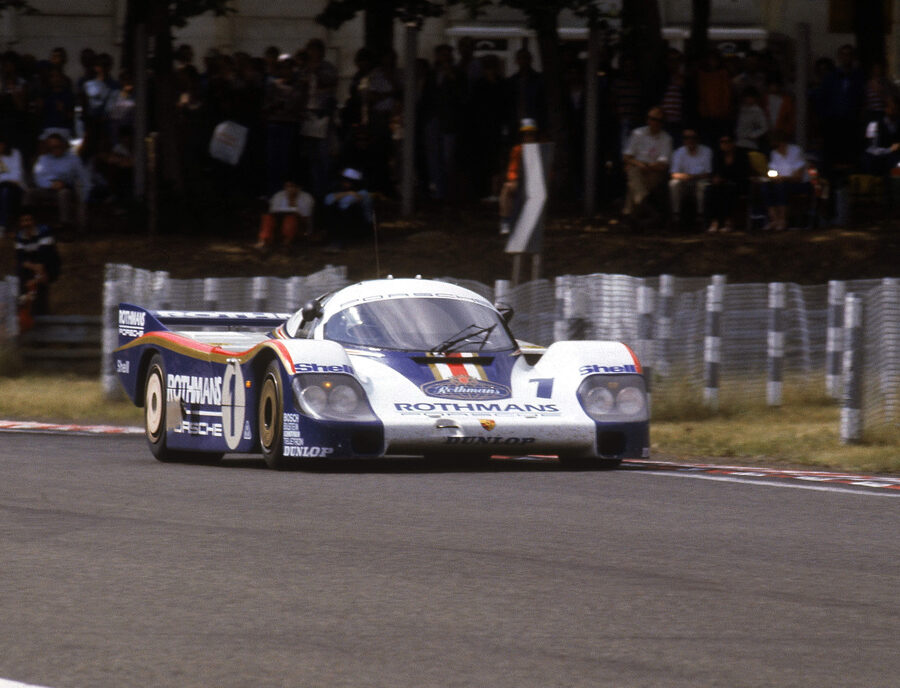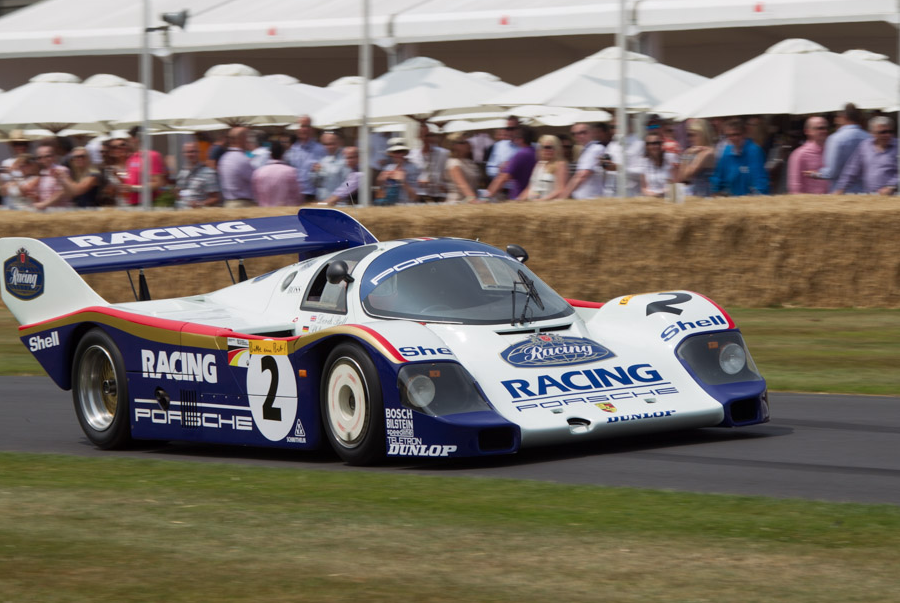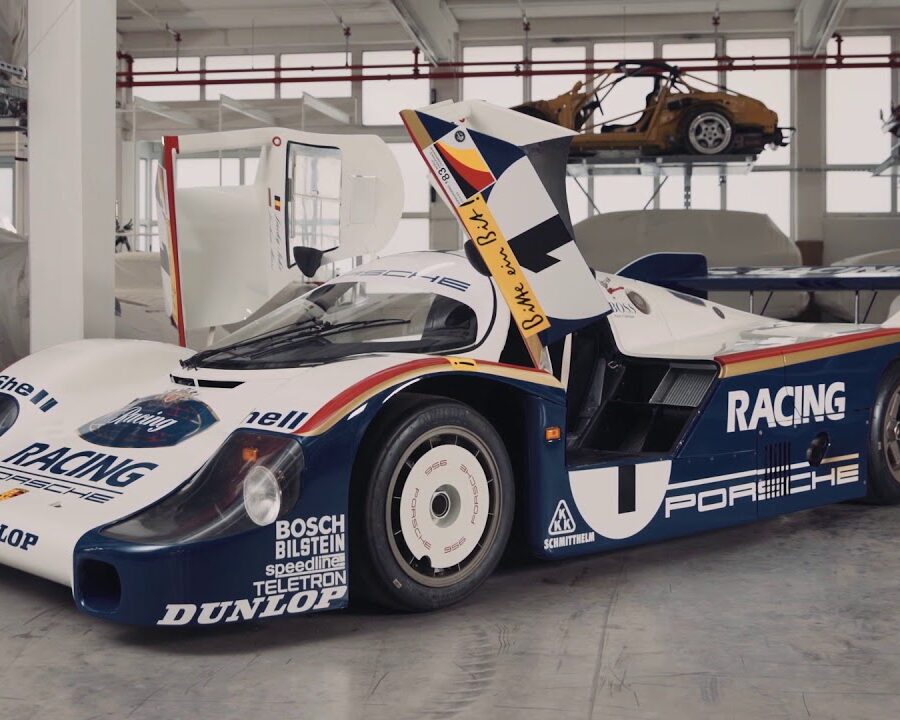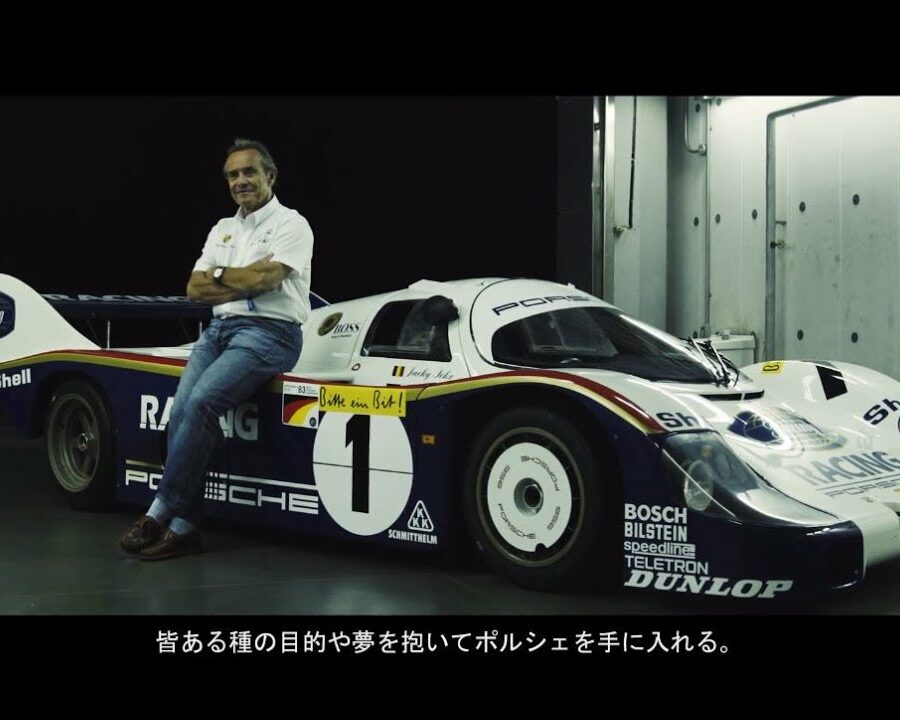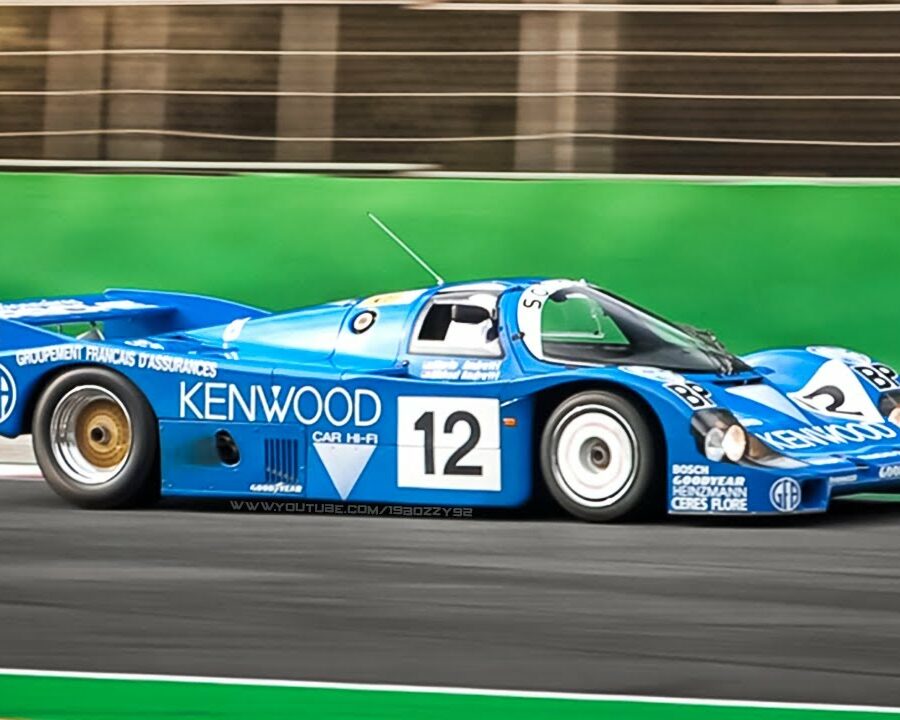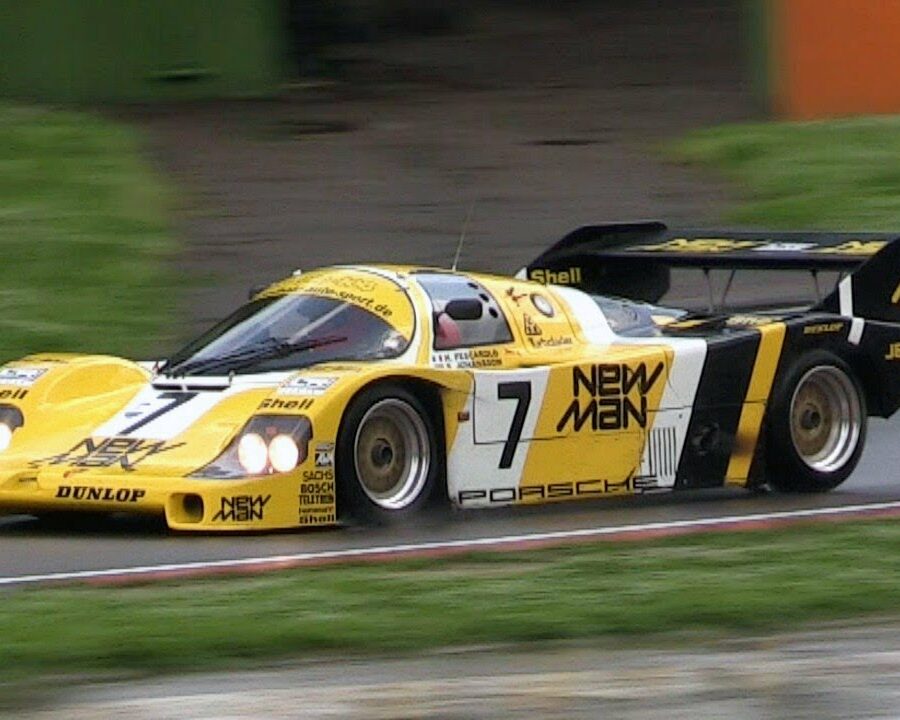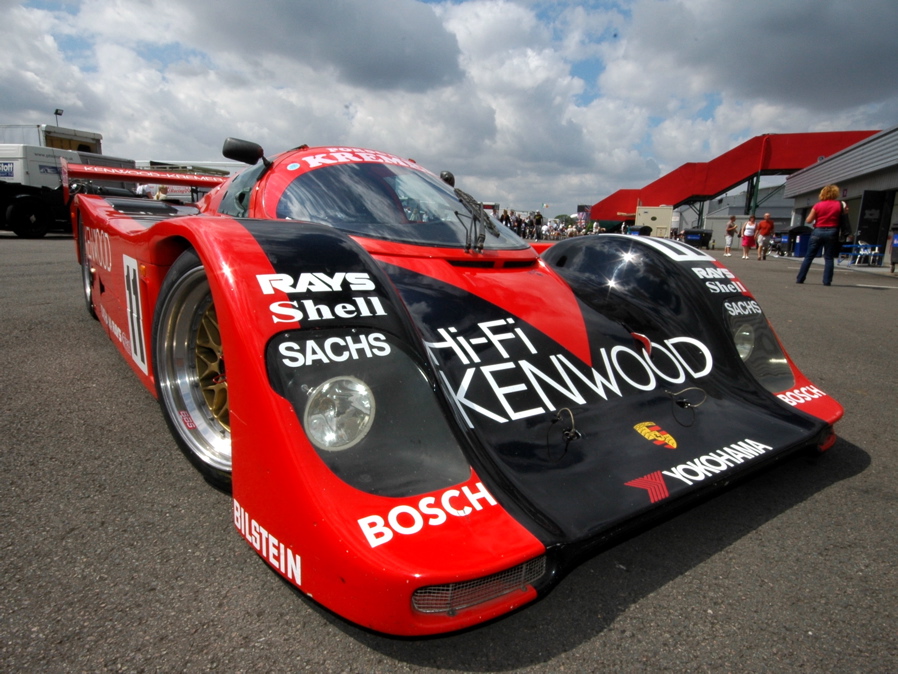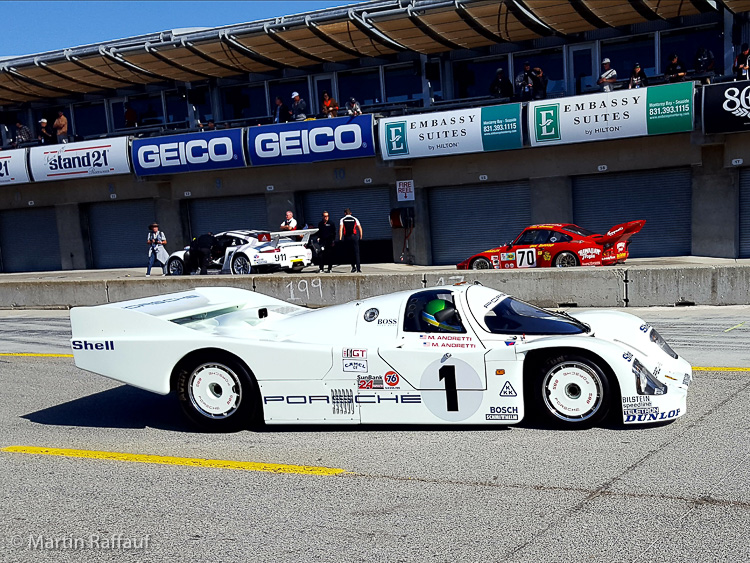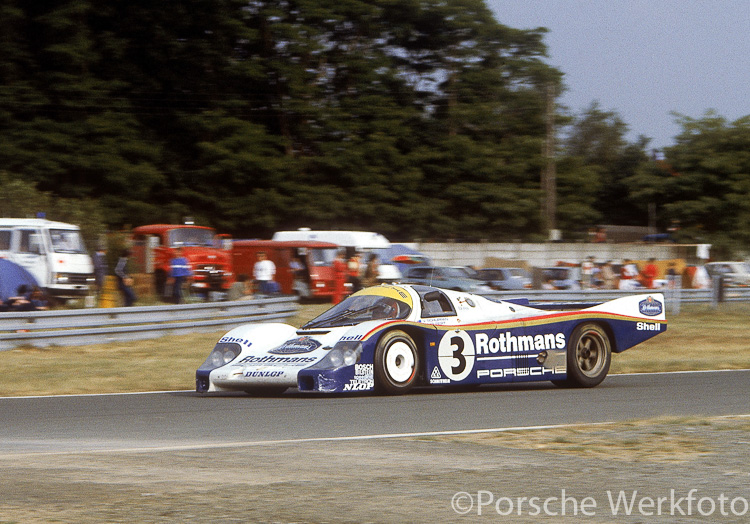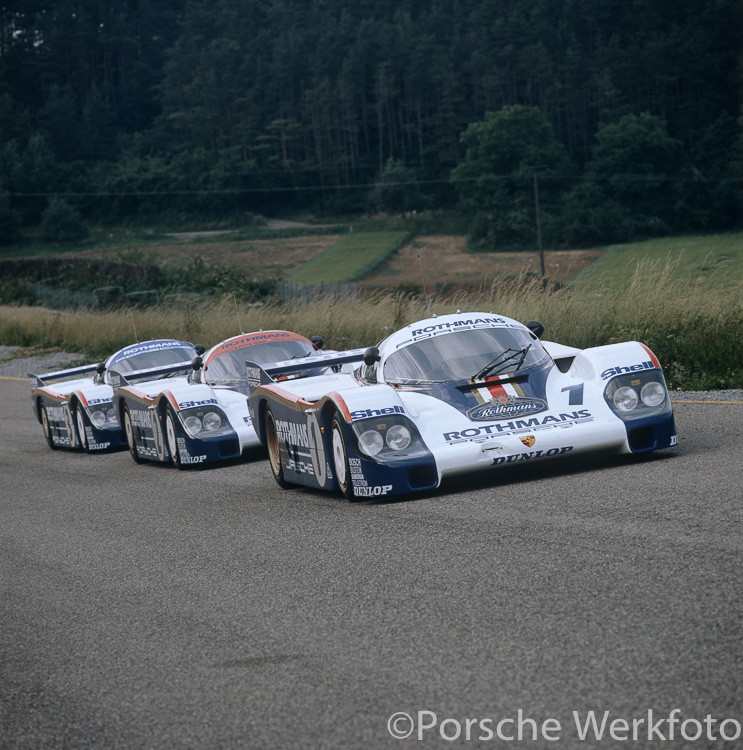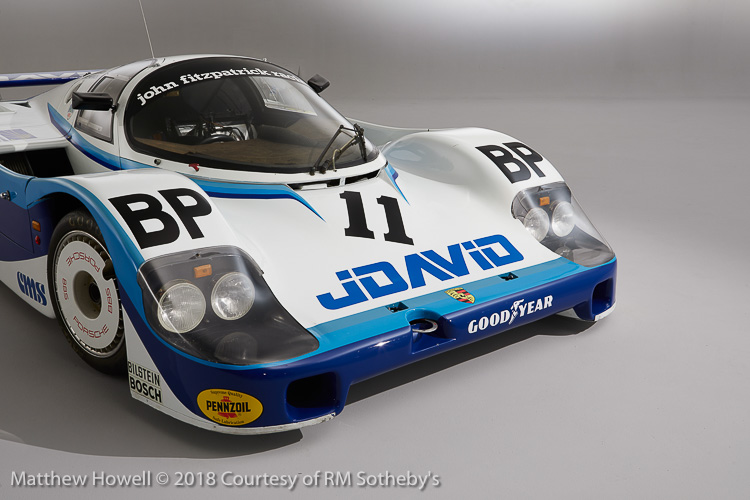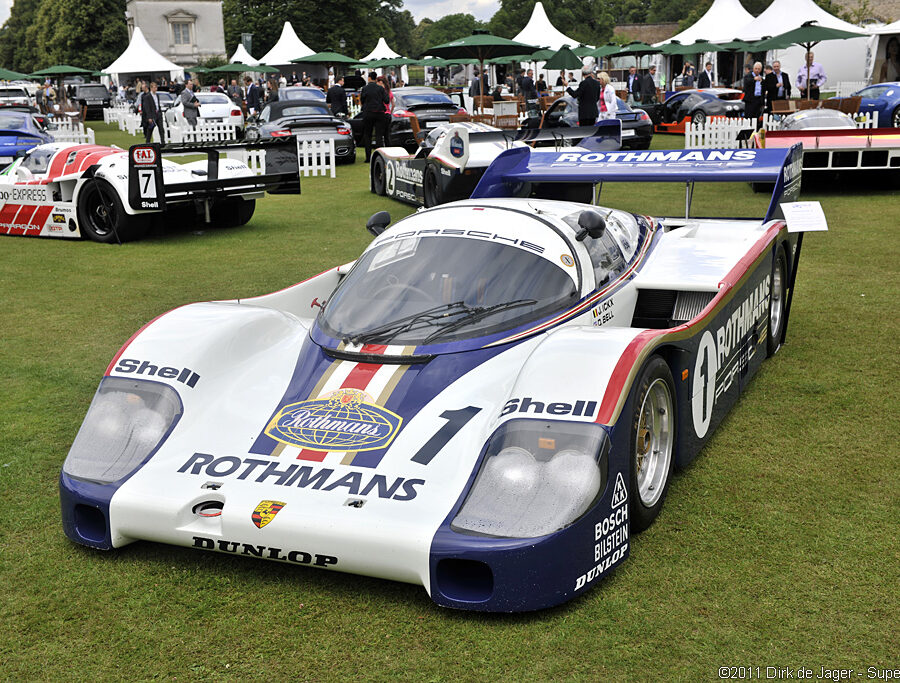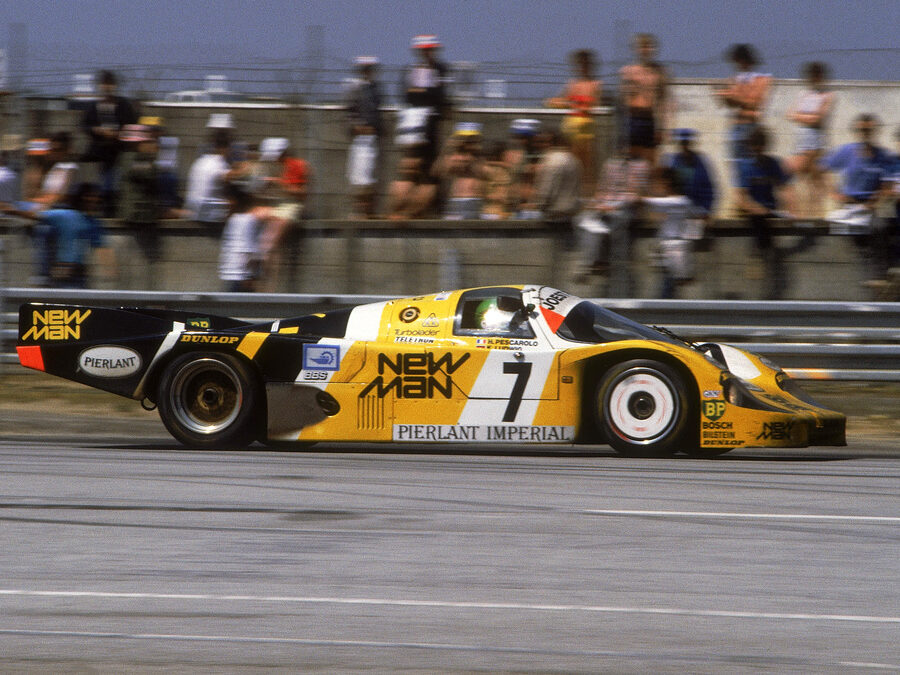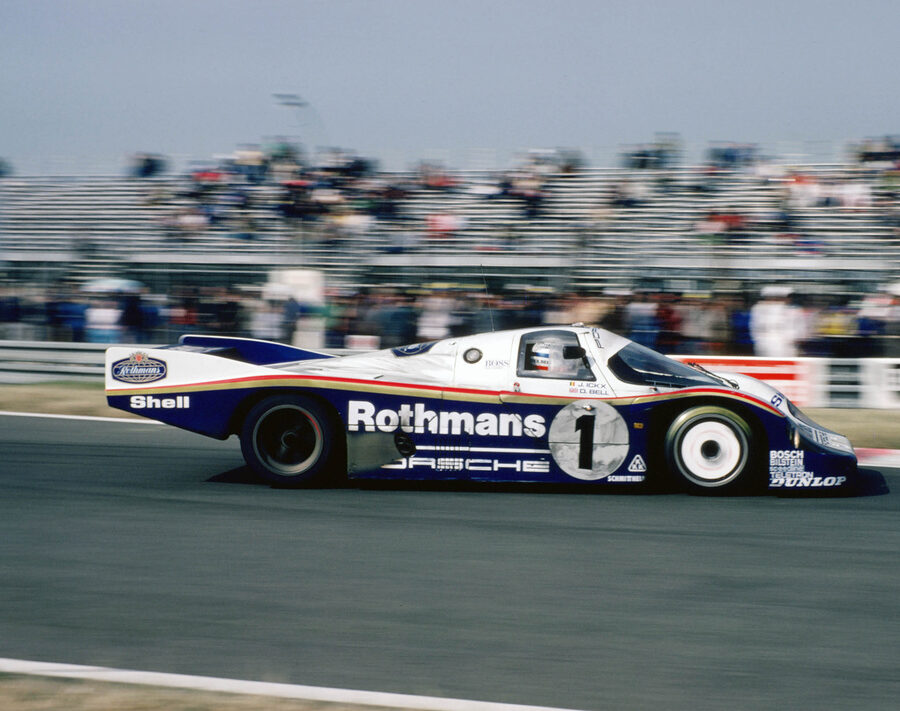Porsche 956
Few race cars are as universally acclaimed as the Porsche 956. The car is a brilliantly engineered aesthetic wonder, born of another round of FISA changes that ultimately resulted in the emergence of several marque innovations. Before the debut of the Porsche 956, there were the 935 and 936 prototypes which dominated international sports car racing throughout the late 1970s. Successful as they were, these cars shared a lot of parts with the older prototypes from the 1960s. Porsche (as of 1981) had not developed an all new prototype racer for almost two decades. Come 1982, and Porsche went all-in for the 956. Built for Group C sports-prototype racing and designed by Norbert Singer, the goal was for it to start completing in 1982 for the FIA World Sportscar Championship. The 956 was the first Porsche race car to feature monocoque construction, as well as the first to feature so-called ground effects; the aerodynamic channeling body features that maximize cornering force. The engine was the same as the one used in the Porsche 936, the Type-935 2.65 L twin-turbo Flat-6. Hugely successful from the start, it took a 1-2-3 finish at the 1982 24 Hours of Le Mans in just its second race and would go on to dominate the next few seasons, winning Le Mans again in 1983, 1984 and 1985. See all of our Porsche 956 Research.


